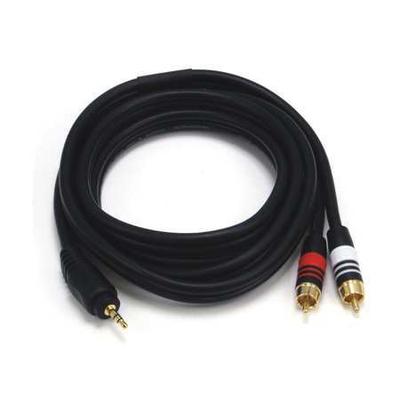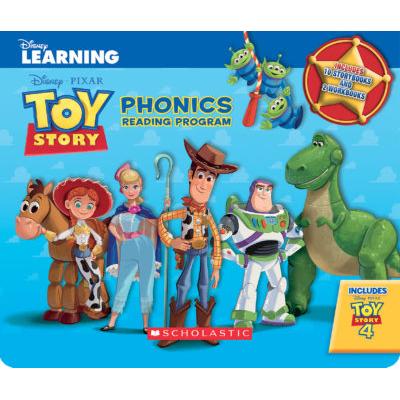Mathematical calculations – The Aztec way

The Aztecs dealt with more numbers than we do. They had symbols for denoting numerical concepts. When it came to measuring land for levying the property tax or tribute, these medieval Mesoamericans, or the Aztecs used arrows, hearts, hands and other units to represent fractions, say the new study of science.
To denote half the Aztec basic unit of measure, known by Aztec experts as tlalquahuitl or land rods, the surveyors used an arrow symbol. So for a field that measured 20 land rods by 10 land rods plus an arrow (or 20 multiplied by 10.5), the correct area was 210.
Units such as arrow, heart, hand, bone and arm cannot be subdivided further, standing alone as essentially extra numbers. It is speculated that an arrow is the measure of the length from the shoulder to the hand (like an archer with a taut bow), a heart is a measure of the length from that organ to the tip of the hand and a hand as the measure from outstretched hand to outstretched hand.
A set of at least five formulas emerged showing how the Aztec surveyors determined the areas of irregular shapes. In some cases, the Aztecs averaged opposite sides and then multiplied. In others, they bisected the fields into triangles.
There were a number of symbols that represented a number, for instance;
Aztec incense bag tied to a bunch of canes was a part of a list of tribute paid each year to the Aztecs. It was being used as a ‘glyph’ to denote the number 8000 in this case.
The Aztec symbol for 20 – a banner or flag
The Aztec symbol for one – a finger, circle or dot.
The first four Aztec numbers had simple names in their language, Nahuatl:-
1 = ce
2 = ome
3 = yei
4 = nahui
Up to 20 you could show numbers just by the right number of dots (or sometimes fingers). It was common among other ancient Mexican people to use a bar for 5.
The Aztec symbol for 400 was a feather. From 20 up to 400, you could join flags together (cumulatively, 100 would be 5 flags alongside each other) and add dots to them if need be.
Finally, 20 x 400 = 8,000, and the symbol for this was the incense bag or pouch. The Nahuatl word for this was xiquipilli. They used a bag to show the almost uncountable contents of a sack of cacao beans. Ancient Mexicans or Aztecs always measured their tribute by count and volume rather than by weight.
Recent Articles
Recent Questions
What kind of life insurance builds cash value?
The rest of the premium payment will go toward your policy's cash value. The life insurance company generally invests this money in a conservative-yield investment. As you continue to pay premiums on the policy and earn more interest, the cash value grows over the years.
What is meant by insurance plans?
An insurance plan is the one that consists of a premium amount and other components used in getting a product insured. There may be various types of insurance plans with varying terms and policies.
What are the common components of insurance?
The most important components of most insurance plans are the premium and the contract. Anything written in the contract becomes its crucial component.
What are the various types of insurance policies?
There are various kinds on insurance policies that are available on various assets. Auto, health, commercial vehicle, and travel insurance are some of the popular types of insurance policies.








